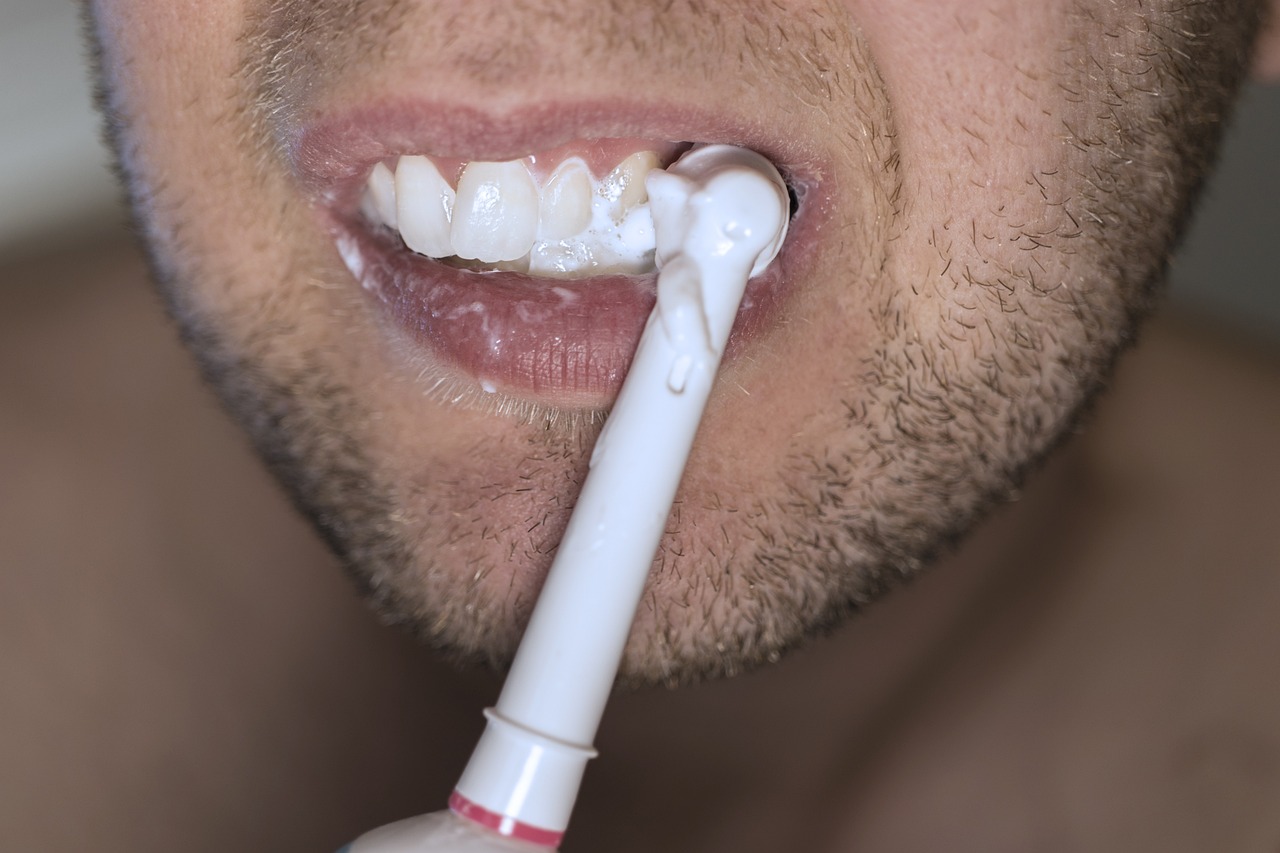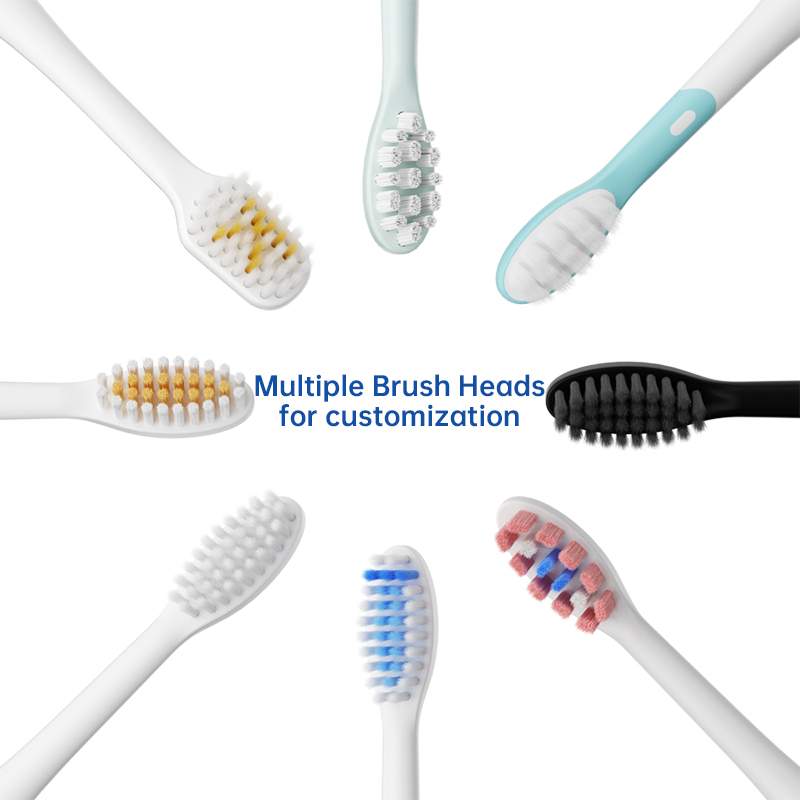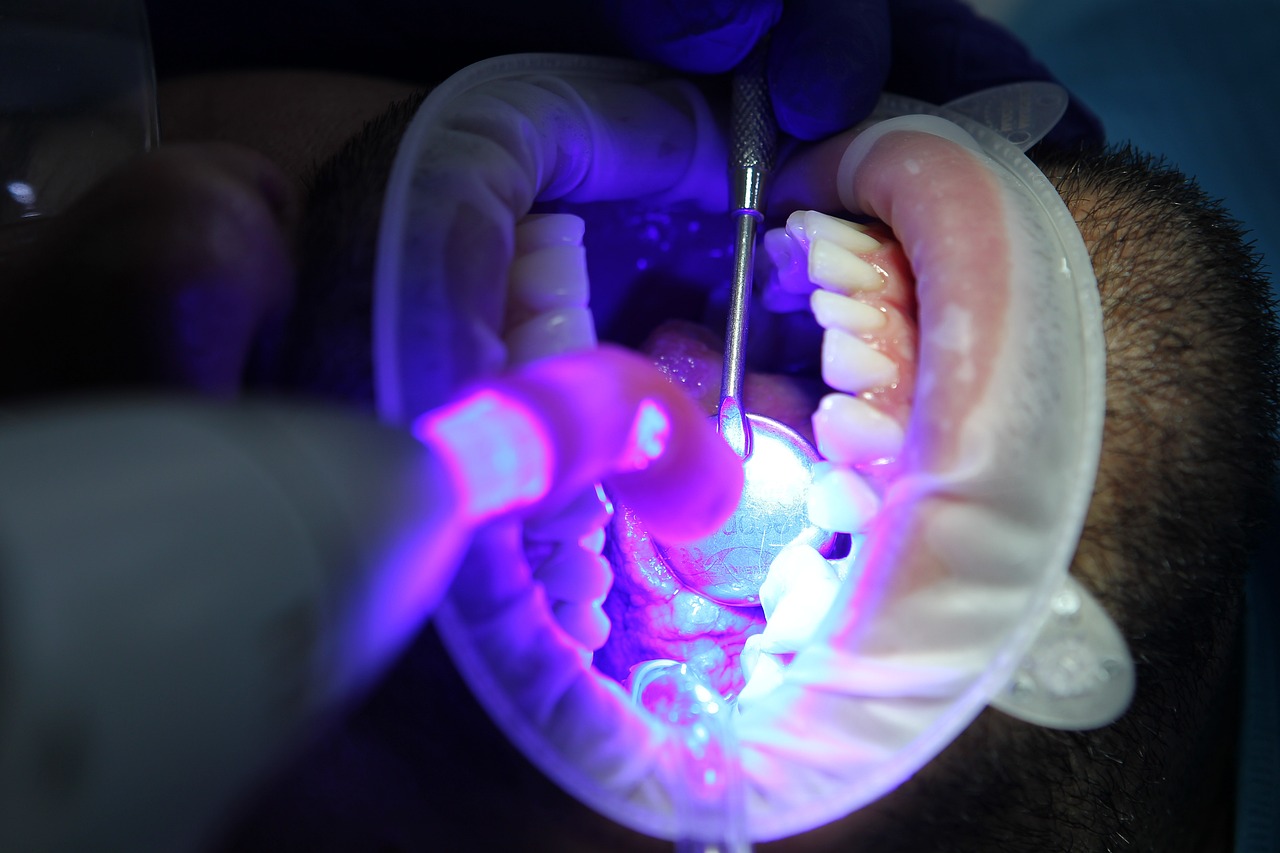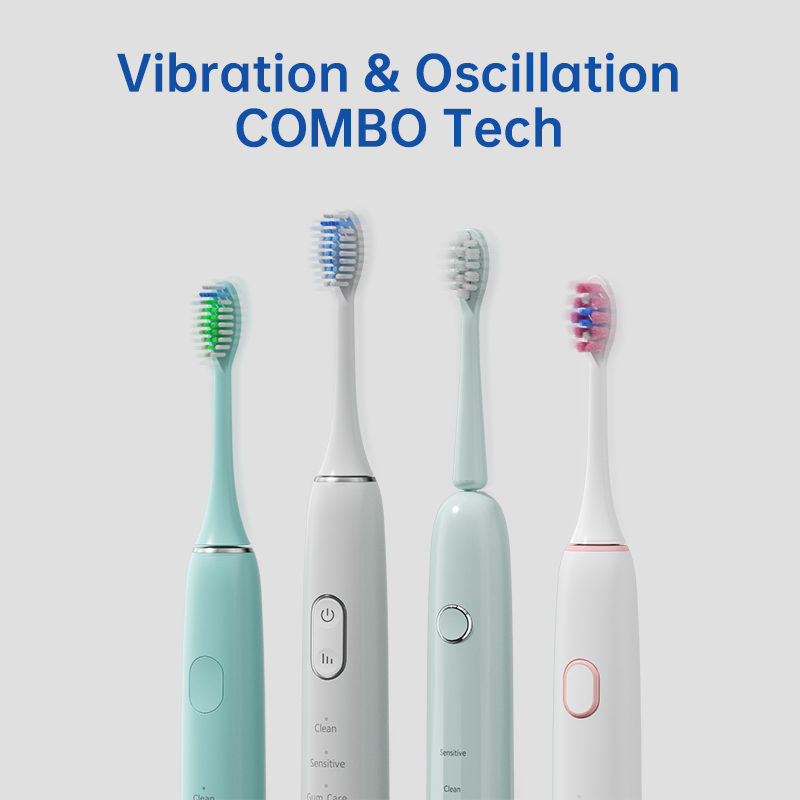Seattle’s coffee culture is real — and with it comes demand for products that help consumers manage daily tooth staining. But can an electric Seattle coffee toothbrush legitimately address Seattle stain removal needs without compromising enamel or user safety? For B2B manufacturers and OEM/ODM partners the answer is: it can help reduce surface stains if engineered, validated, and commercialized correctly. Below are six practical dimensions—market, head & abrasive tech, drive/mode design, safety & compliance, validation & testing, and go-to-market—that turn the idea into a producible product line.
First, define the problem and the buyer. Seattle consumers expect gentle, effective stain care that fits their routines. For manufacturers, a successful Seattle coffee toothbrush should be positioned not as a clinical whitening device but as a daily-care accessory that targets surface staining caused by coffee, tea, and lifestyle factors. Practical positioning options:
Consequently, messaging should promise “visible surface stain reduction” backed by test data—not clinical whitening claims reserved for professionals.
Next, pick the right surface-contact architecture. True Seattle stain removal relies on mechanical and chemical synergy—controlled abrasion (micro-polishing) plus safe, dental-grade cleaning agents. Options to consider:
Design goal: enough mechanical action to lift surface stains but low enough abrasivity to protect enamel and dentin over repeated use. Company web: https://www.powsmart.com/product/electric-toothbrush/
.jpg)
.jpg)
Moreover, the motor and motion choices determine both efficacy and safety. Key engineering levers:
Thus, the handle + firmware must be designed as a system to protect the tooth while maximizing stain lift.
Crucially, stain-removal claims intersect with safety and compliance. Manufacturers must:
In short, balancing efficacy with enamel protection is non-negotiable for long-term brand trust.
Furthermore, robust validation is mandatory to back any promise of Seattle stain removal:
Validation converts a novelty into a responsibly marketed feature.
Finally, make it manufacturable and saleable:
By aligning manufacturing and commercial tactics, the Seattle coffee toothbrush can become a profitable product family rather than a one-off gimmick.
A well-engineered Seattle coffee toothbrush can meaningfully reduce extrinsic Seattle stain removal if the system—head, motor, consumable chemistry, firmware, and messaging—is designed holistically and validated rigorously. Actionable next steps for B2B teams:
If you’d like, I can draft a technical specification for a prototype (head geometry, motion profile, polishing pad materials, test protocol outline, and a pilot plan tailored to Seattle coffee drinkers). Want me to prepare that next?

Customizing Specialty Electric Oral Care Electronics for OEM

Is the Electric Toothbrush Market Growing?
.jpg)
Where to join the Seattle recycling program?
Health Gifts for Elderly Parents Smart Toothbrush | Powsmart
Year-End Client Gift Ideas Electric Toothbrush | Personalized Supply
Dental recommended Texas models for Texas senior toothbrush needs?

Is Blue Light Under 480nm Safe for Teeth Whitening Devices?
Seattle Eco-Conscious Electric Toothbrush

What is the Electric Toothbrush Market Forecast?

Top Water Flosser and Toothbrush Combo in San Diego?
.jpg)
Where to Find the Best Electric Toothbrush for Travel in Alaska?

How to Start a Teeth Whitening Business
.jpg)
Long Island deals for NYC waterproof brush — pool-safe?

How a Seattle sustainable toothbrush meets the Seattle tech toothbrush
Are Filter Degradation and Voltage Drops Linked?

Travel Electric Toothbrush OEM: Compact and Portable Designs

electric toothbrush heads Deep Clean

Customization Teeth Whitening Gel

electric toothbrush heads Regular Clean

electric toothbrush heads Ultra Soft

Private Label Whitening Gel
.jpg)
Florida Electric Toothbrush – Powsmart PTR-C8

electric toothbrush heads Charcoal Infuse-Round

Electric toothbrush heads Charcoal Infused-Diamond
whstapp
whstapp
National Toll-Free Service Hotline
+86 755 86238638